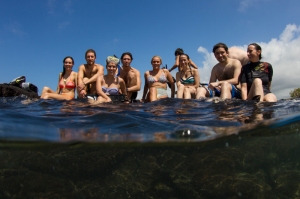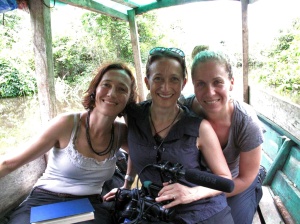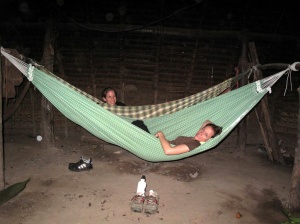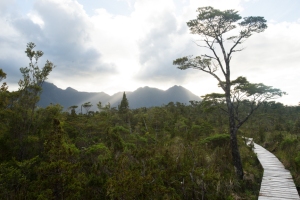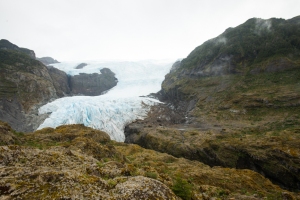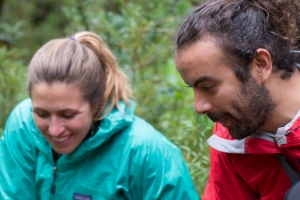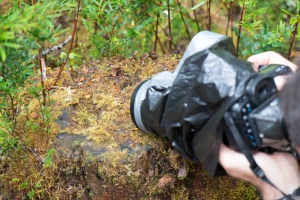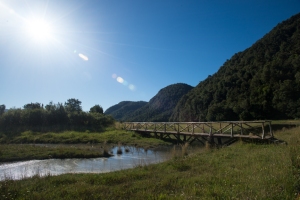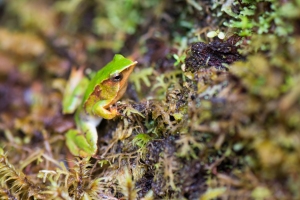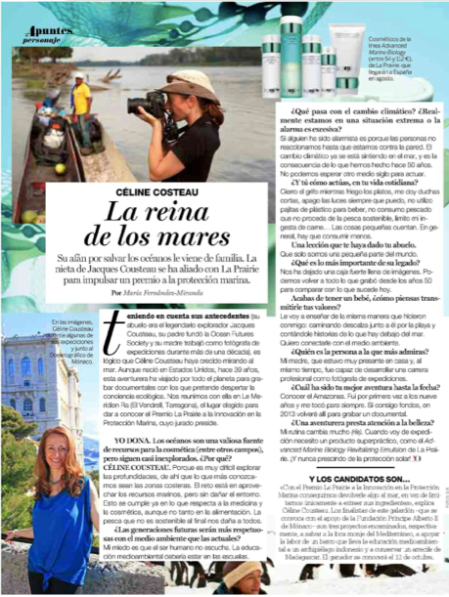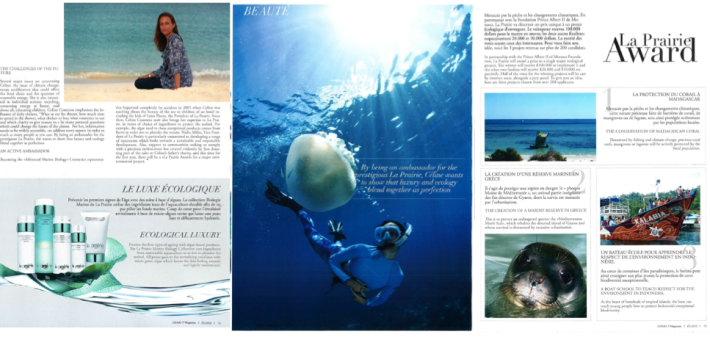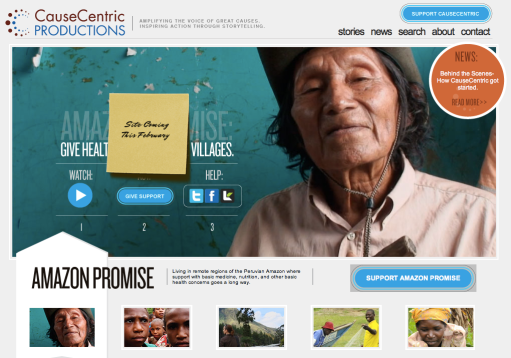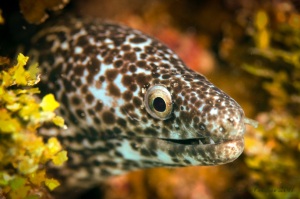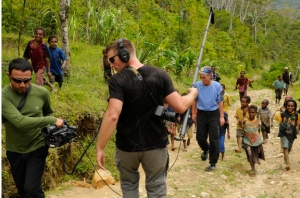As a member of the World Economic Forum Global Agenda Council on Oceans I have a tremendous opportunity to bring my perspective and make a push for better communication strategies with the issues our council is proposing to the WEF community. But beyond this- I am also continuously working on other issues and the Amazon, as most people who know me…know…is always at the top of my list. Below is the blog I was asked to write for the WEF’s blog page.
I was nine years old the first time I went on expedition, accompanying my grandfather Jacques-Yves Cousteau as he explored and filmed the Amazon. Each day his crew would take me on “child-approved adventures”. Since that trip, the Amazon is a place I hold very dear to my heart.
With the family I have, I grew up with oceans as an integral part of my life. But it was the Amazon that struck a deeper personal chord in me, meeting the people who live there, learning about their cultures and deep knowledge of the rainforest.
I have been back many times and I am preparing an expedition this year to make a documentary about the indigenous tribes of an area called the Vale do Javari, deep in the middle of the Brazilian rainforest. Past generations have thrived in this region, but external influences are threatening the tribes. Illegal logging and fishing strip away their resources and damage the ecosystem. They have a high rate of hepatitis, brought in by outsiders, and are desperate for better healthcare. One of the local healers said: “We have the plants for our diseases; we don’t have the plants for yours.”
But we can’t just talk about problems – we have to talk about solutions. There is always a hero out there doing amazing work day in and day out. I’m lucky enough to be able to travel and meet incredible people working tirelessly to solve environmental and social issues.
Through filmmaking, I bring back stories of humans living in harmony with the environment, who demonstrate our connection with the natural world. In our Western, supposedly developed society, we have created complex systems to go back to something much more basic. There are entire industries being created to bring things back into balance: renewable energy, sustainable fishing, construction and design. We used to do things that way; it just wasn’t called sustainability then. Today’s society is much more intricate. We can’t tear down what we have created, so we need to modify our behaviour; to consume less, whether it be water, energy, food, or material goods.
None of this is news. Everyone knows they must recycle more, or better yet, consume less. Perhaps the most important thing is to change the way we think about our place within a far bigger ecosystem. There are people dying of environmental pollution, tribes are being wiped out and ecosystems destroyed because of human enterprise, deforestation and sprawl. That’s what we need to be thinking about. Changing our behaviour is the easy part; changing the way we think is much more complex and it is critical.
Author: Céline Cousteau is Founder and Chief Executive Officer, CauseCentric Productions, France and is participating in the World Economic Forum’s Annual Meeting in Davos 2014.
The original blog post can be found here: Lessons from the Amazon


